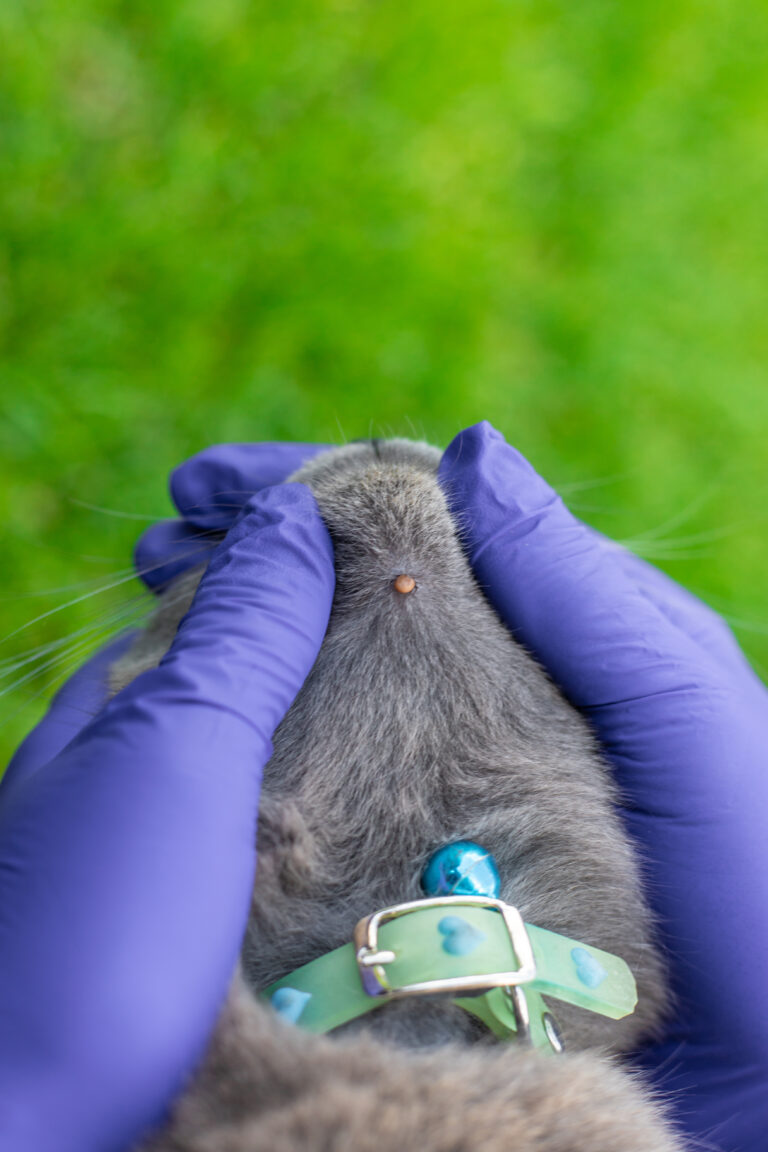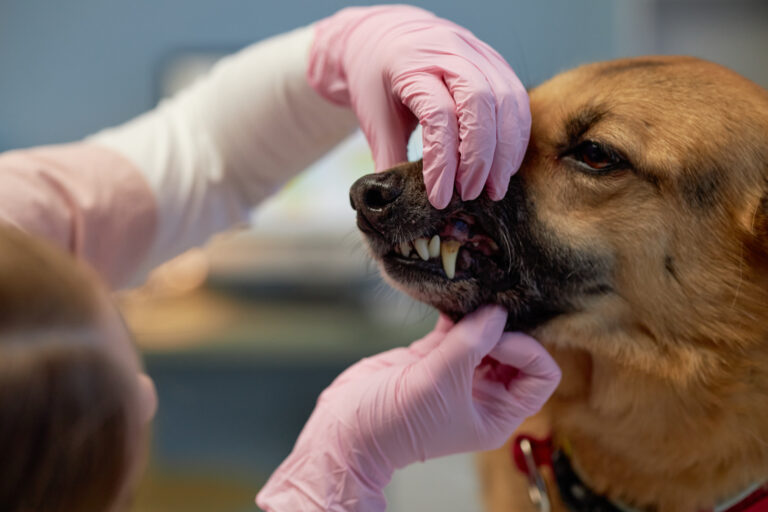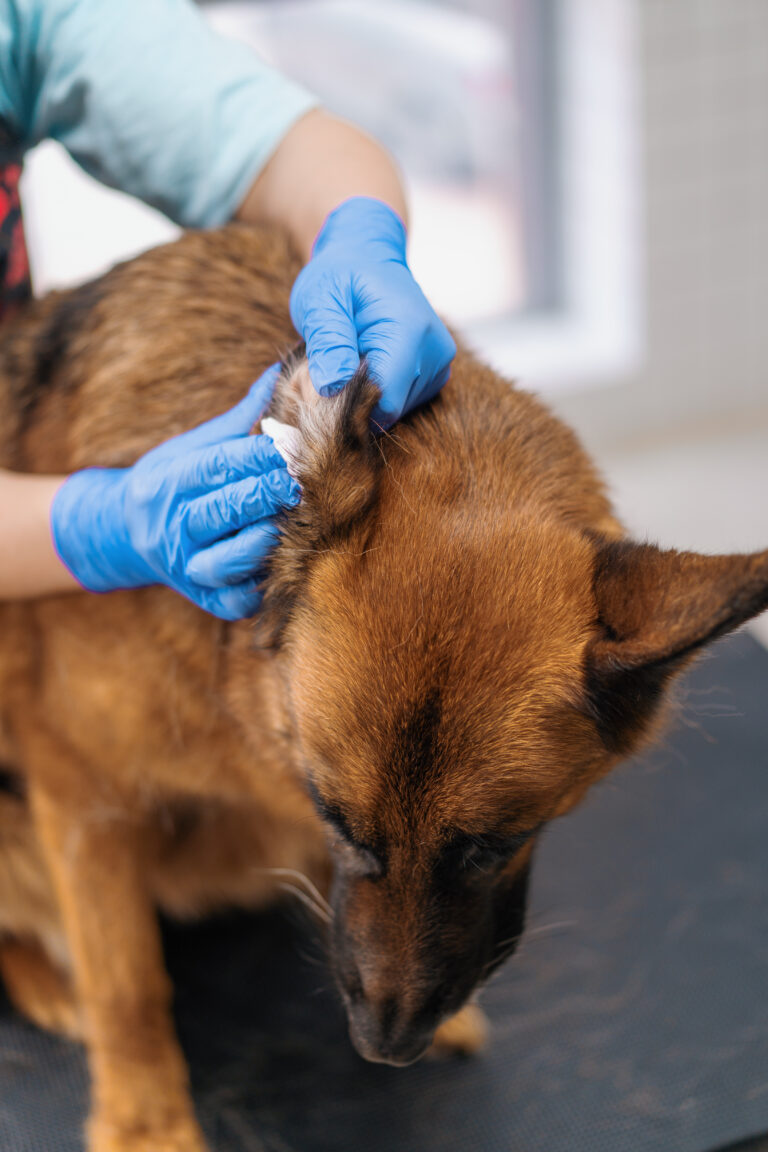Understanding Chocolate Toxicity:
Chocolate contains theobromine and caffeine, both of which are stimulants that belong to a class of chemicals known as methylxanthines. These compounds can be toxic to dogs when ingested in sufficient amounts. Theobromine affects the central nervous system and cardiovascular system, leading to a range of symptoms that can vary based on factors such as the dog’s size, the type of chocolate consumed, and the amount ingested.
Symptoms of Chocolate Toxicity:
If your dog has ingested chocolate, be vigilant for the following symptoms, which may appear within a few hours:
- Vomiting
- Diarrhoea
- Increased heart rate
- Restlessness or hyperactivity
- Tremors or seizures
- Muscle rigidity
- Rapid breathing
- Increased thirst and urination
- Elevated body temperature
In severe cases, chocolate toxicity can even be fatal. Small dogs are more susceptible to toxicity because their systems metabolize theobromine at a slower rate than larger dogs.
Types of Chocolate and Toxicity Levels:
Different types of chocolate contain varying levels of theobromine and caffeine. Dark chocolate and cocoa powder have the highest levels, followed by milk chocolate and then white chocolate. Here is a rough breakdown of theobromine content:
- Dark chocolate: Highest theobromine content
- Cocoa powder: Very high theobromine content
- Milk chocolate: Moderate theobromine content
- White chocolate: Negligible theobromine content (still best to avoid)
What to Do If Chocolate is Ingested:
If you suspect your dog has ingested chocolate, take these steps:
- Contact your veterinarian immediately. Be ready to provide details about the type of chocolate, the amount ingested, and your dog’s weight.
- Do not induce vomiting unless advised by a veterinarian. Some cases of chocolate toxicity may require professional intervention.
- Keep your dog calm and monitor for any symptoms.
Prevention is Key:
The best way to protect your dog from chocolate toxicity is prevention. Keep all chocolate and cocoa-containing products out of reach, and educate family members and visitors about the dangers of sharing human treats with dogs. Offer safe dog-friendly treats instead.




